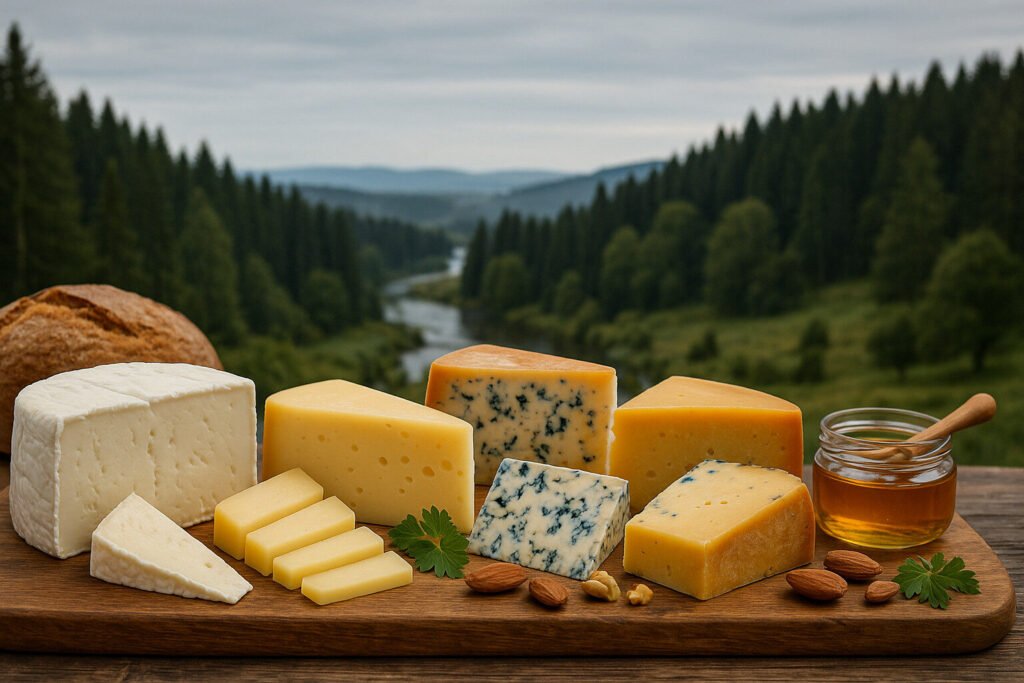Cheese Of North Asia
Definition and Scope
North Asian cheese encompasses dairy products traditionally made across regions like Mongolia, Siberia, and northern China. These cheeses often utilize milk from yaks, horses, or cattle adapted to cold climates. The category includes both fresh and dried varieties developed for preservation in harsh environments.
Production methods range from simple acid-coagulation to more complex rennet-based techniques. Many styles are uniquely shaped, such as the cube-like byaslag or the braided forms found in some areas. This diversity reflects the nomadic and pastoral traditions of the peoples in these territories.
Production Techniques
Traditional North Asian cheesemaking frequently starts with raw milk heated over open fires. Acidification occurs naturally or through starter cultures derived from previous batches. Rennet is sometimes omitted, relying instead on prolonged fermentation to achieve coagulation.
After curdling, the curds are often pressed into molds and dried in the sun or over smoke. This dehydration process creates hard, long-lasting cheeses suitable for nomadic lifestyles. Some varieties undergo repeated boiling and stretching, similar to pasta filata methods.
Sensory Profile
North Asian cheeses typically present pronounced salty and tangy flavor notes. Their textures vary from crumbly and dry in aged specimens to elastic in fresh, stretched-curd types. Aromatic qualities often include earthy, smoky, or mildly fermented characteristics.
Color ranges from stark white in yak milk cheeses to pale yellow in cow milk versions. The aging process intensifies flavors, creating robust, umami-rich profiles. Many varieties have low moisture content, resulting in concentrated taste and firm consistency.
Culinary Uses
These cheeses serve as essential protein sources in traditional diets, often eaten alone or with breads. They are commonly grated over noodle dishes or melted into hearty soups and stews. Their durability makes them ideal for long journeys and winter provisions.
Modern applications include incorporating them into fusion cuisine, where their distinctive flavors enhance salads and appetizers. Some softer varieties are used as fillings for dumplings and pastries. Their high salt content means they are typically used sparingly as seasoning agents.
Regional Examples
Mongolia produces byaslag, a fresh, unripened cheese made from yak or cow milk. Another notable example is aaruul, which is dried until rock-hard and consumed as a traveling snack. These products represent centuries-old dairy traditions maintained by nomadic herders.
Siberian regions yield suluguni-style cheeses often smoked over local woods. Northern China develops rubing, a fresh goat milk cheese similar to paneer. Each variety demonstrates adaptation to available resources and climatic conditions across the continent’s northern reaches.

